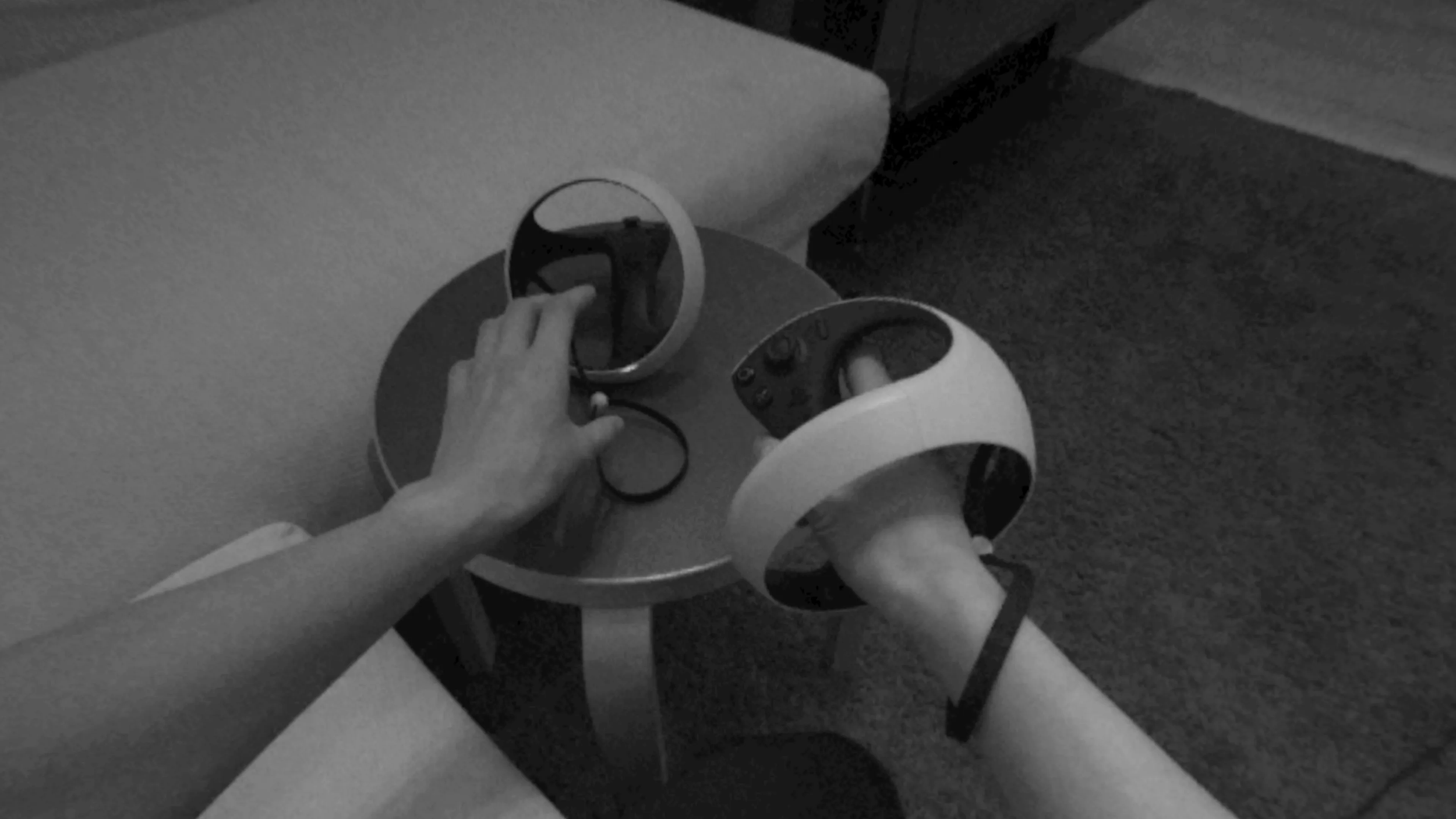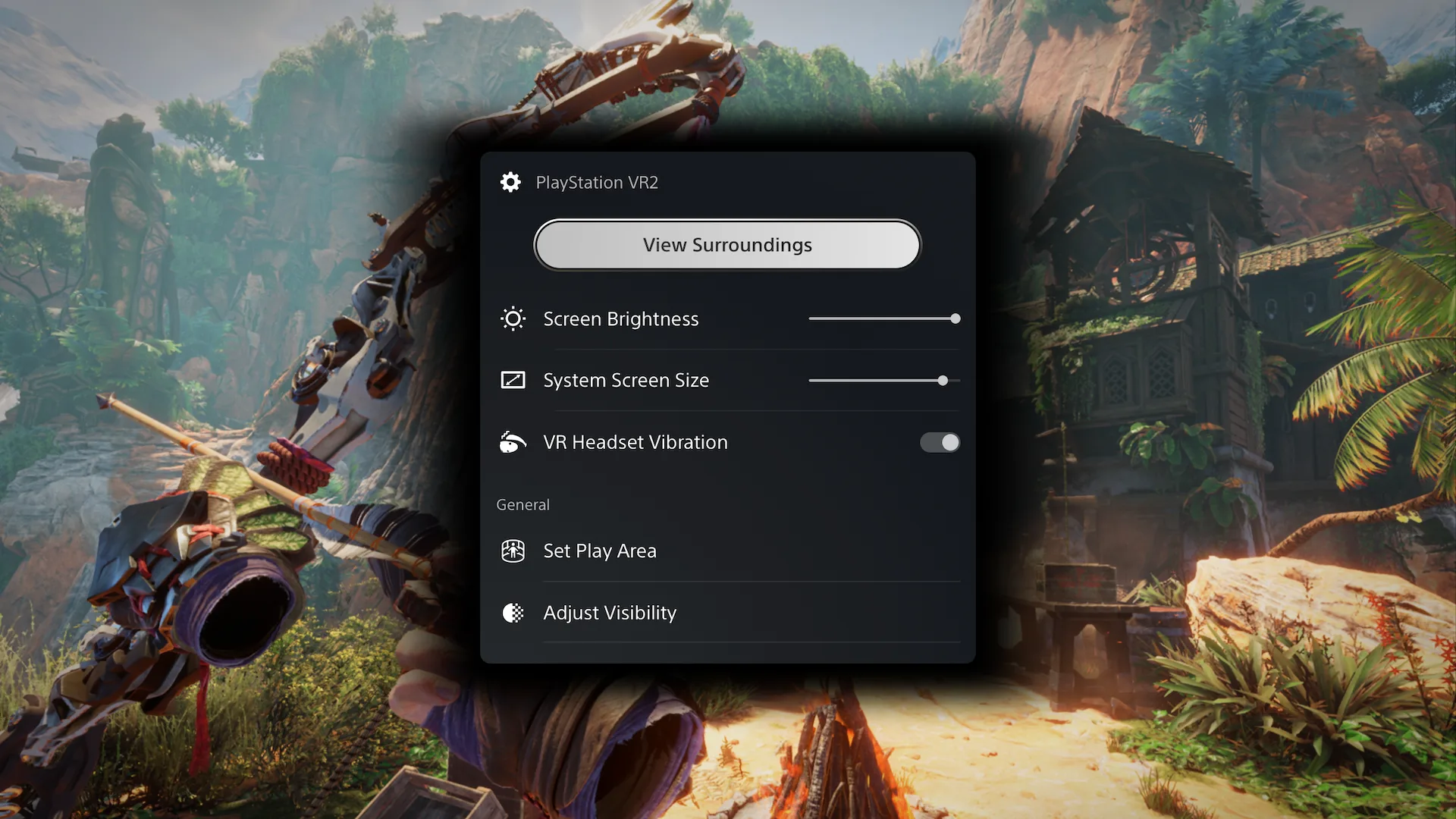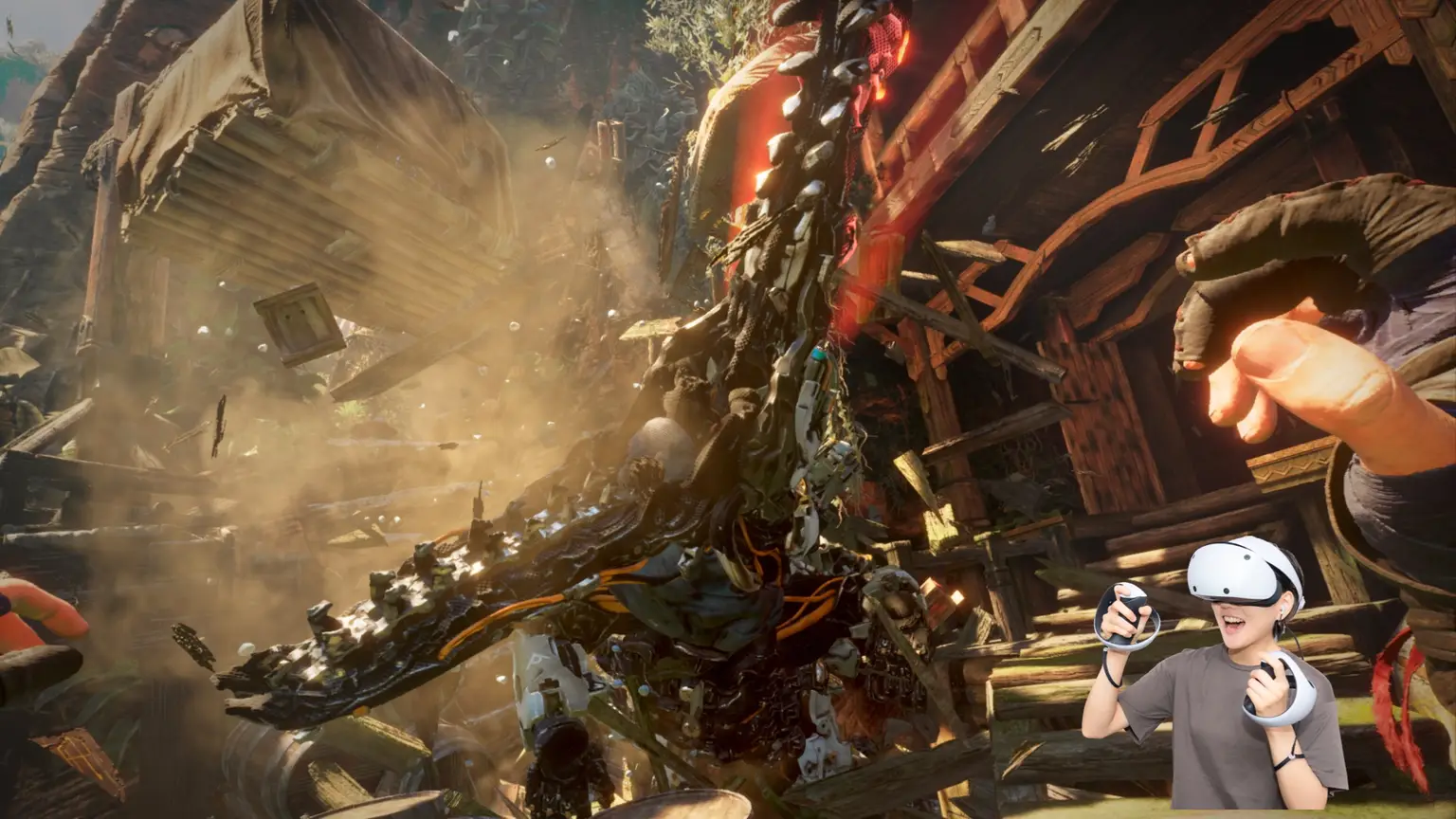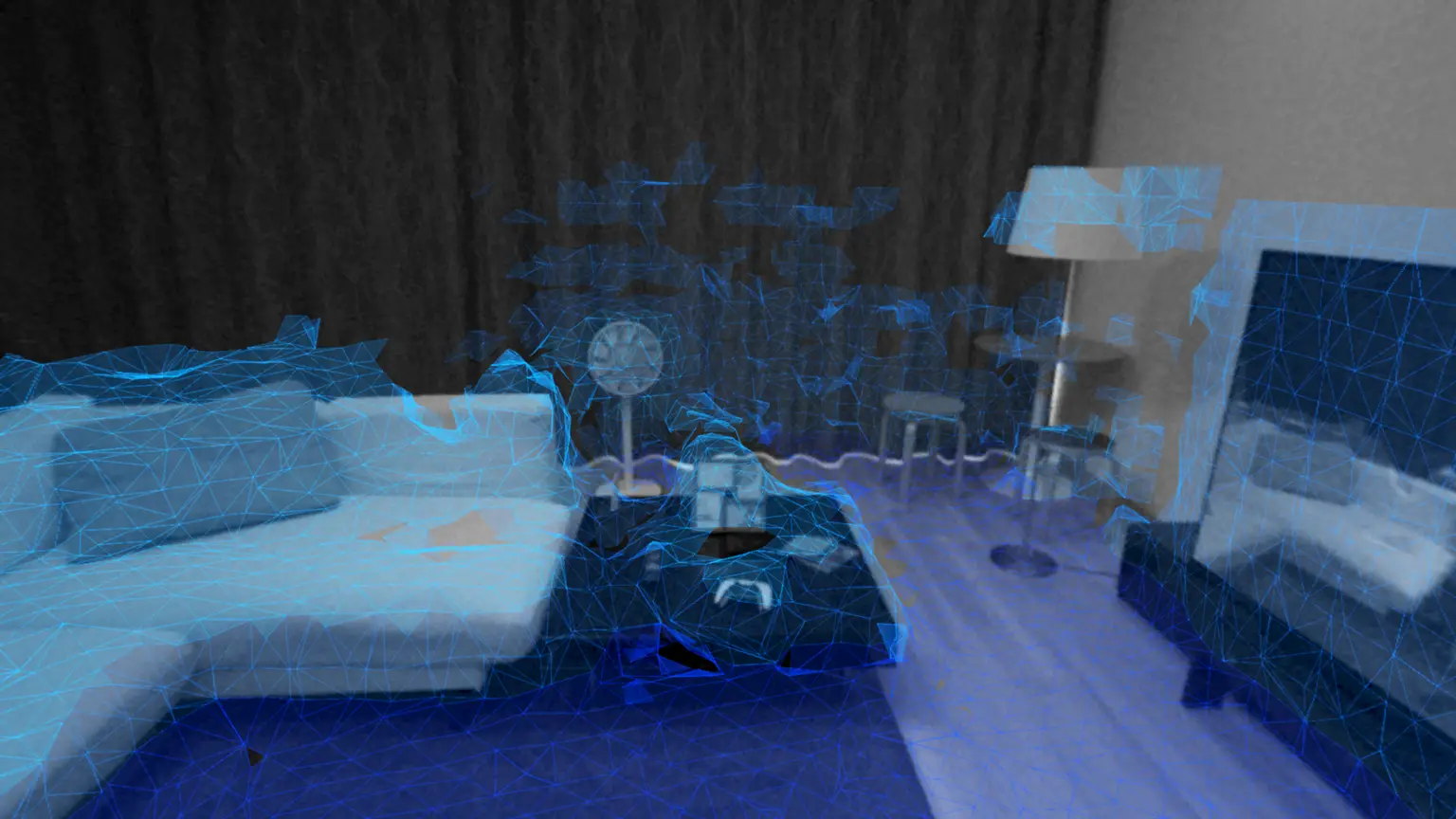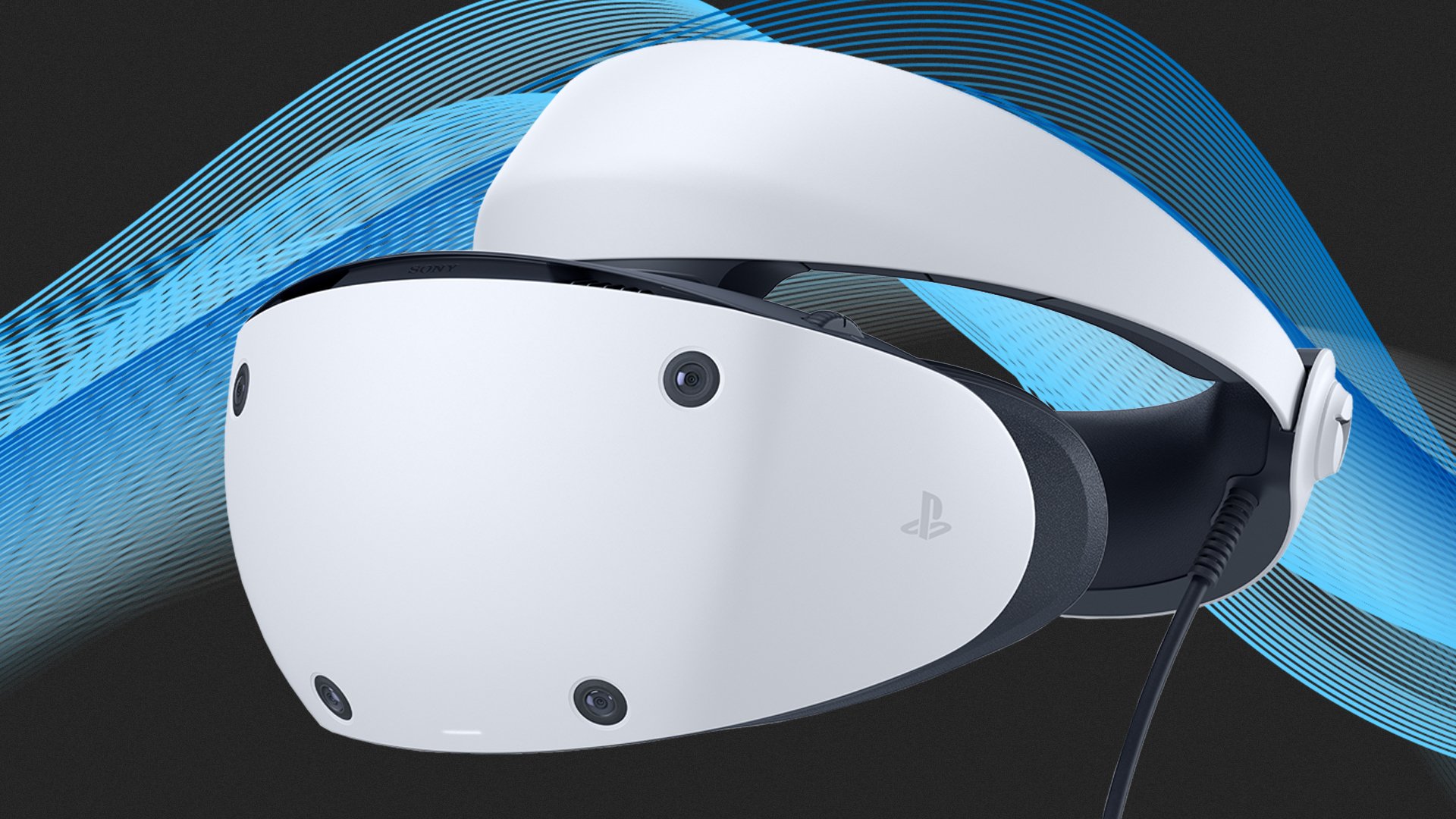PlayStation details some of the functions of the PlayStation VR2

PlayStation have released a few new details about the upcoming PlayStation VR2, their next generation VR headset, including how the headset will learn where things are around it.
The first aspect that they dove into was that of the See-Through View, or the grey-scale view of the world outside of the headset. Other headsets have this as well and it is used to ensure that when you are wearing any headset, you can see what is around you, to ensure you don’t punch a wall or walk into a chair.
Unlike some headsets, which only show this view if you are outside of the playing area, the PlayStation VR2 will let you use the See-Through view at any time. There is a button on the headset that will let you do this, or if you are holding a controller, you can access it from the Card in the Control Center.
Something that those who like to broadcast their gaming might enjoy is the aptly called Broadcast feature, which lets the PlayStation 5’s HD camera, which is sold on its own, record you in the real world, while the PlayStation 5 puts your game in the background.
Some VR headsets have you set up sensors in a room, so it knows where the boundaries are and others require you to draw the outline, but the PlayStation VR2 is set to mix those two. The first is that the headset will do a scan of the world around you, ensuring that it picks up your couch, tv and other things around.
Once you have that done, you can take the PS VR2 Sense controllers and customise it further, ensuring that the playing space is perfect for you. The good news, you won’t have to recreate this each time you use the headset in that same location, move to a new room though and you have to create a play space again
Finally, there are two additional viewing options being provided to players, VR Mode and Cinematic Mode, the first one will allow players to enjoy VR game content in a 360 view in a virtual environment. Content will be displayed in 4000 x 2040 HDR video format (2000 x 2040 per eye) with 90Hz/120Hz frame rate.
The second one is meh, and it lets you watch media content and non-VR games on a virtual screen, like a movie theatre, which you can do without the headset on your TV directly.
There is no release date for the headset, but developers are getting access to these new tools soon, so that would indicate release is still a ways off, likely early next year.

